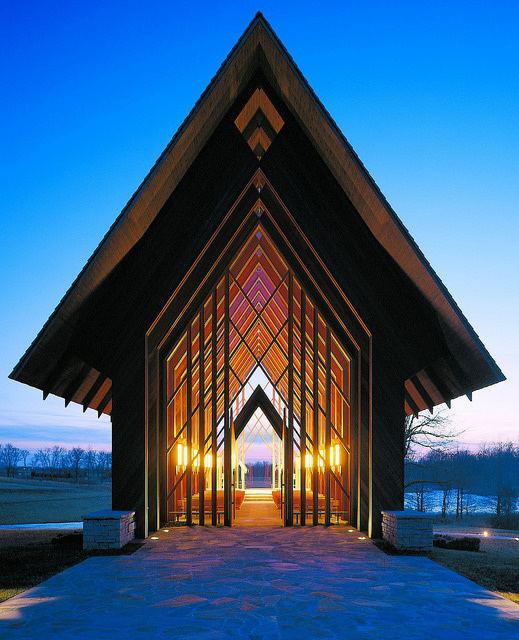Area 3.7 km² | Phone +1 816-697-2600 | |
 | ||
Address 1609 N.W. US Highway 50, Kingsville, MO 64061, USA Hours Open today · 9AM–5PMSaturday9AM–5PMSunday9AM–5PMMonday9AM–5PMTuesday9AM–5PMWednesday9AM–5PMThursday9AM–5PMFriday9AM–5PMSuggest an edit Similar Ewing and Muriel Kauffman, Kemper Museum of Contemp, Kansas City Zoo, Overland Park Arboretu, Kauffman Center for the Perfor | ||
Tour of powell gardens botanical gardens early summer 2008 near kansas city missouri
Powell Gardens, Kansas City's botanical garden, is a 970-acre (3.9 km2) botanical garden in Kingsville, Missouri, United States, 30 miles (48 km) east of Kansas City. It features 6,000 varieties of plants, with 225,000 plants in seasonal displays, and is open to the public, for a fee, during daylight hours.
Contents
- Tour of powell gardens botanical gardens early summer 2008 near kansas city missouri
- History
- Gardens
- Attractions and Events
- References
The garden dates to 1948, when the land was purchased by George E. Powell, Sr. Since then, the site has been a dairy farm, a Boy Scout camp, an agricultural and natural resource center, and since 1988, a botanical garden.
History
Powell Gardens' history begins in 1948, when George E. Powell, Sr., a prominent Kansas City businessman, acquired the beautiful tract of land that is now Powell Gardens, Kansas City's botanical garden. Mr. Powell had learned firsthand about the sometimes harsh and unpredictable life of farming during his childhood on the family farm. In 1917, he left to pursue a business career in Kansas City. He, along with his son George Powell Jr., and others, took over ownership of Yellow Transit Freight Lines, now YRC Freight, in 1952. Throughout his successful business career, Mr. Powell never lost interest in the lands of Missouri. He and his family and friends enjoyed many weekends on his Johnson County, Missouri, farm.
In 1969, in keeping with his stewardship philosophy, Mr. Powell donated the 640-acre (2.6 km2) farm to the Kansas City Area Council of the Boy Scouts of America, who used it as a regional camp until 1984. In 1984, with the University of Missouri’s School of Agriculture as a catalyst and partner, the Powell Family Foundation began developing a horticultural and natural resource facility called Powell Center.
As a part of this development, Powell Center retained Pittsburgh, Pennsylvania-based Environmental Planning and Design, the leading U.S. consultants for botanical gardens. The firm recognized that the site would be ideal for development as a botanical garden. In 1988, official ties with the University of Missouri ended and Powell Gardens Inc., a not-for-profit organization, was established. A 19-member board of directors, in which several Powell family members serve, governs Powell Gardens. Friends of Powell Gardens, a separate organization, is made up of more than 5,000 members. Staffing at the gardens fluctuates between 35 employees during off-season and close to 70 in peak season. Powell Gardens is supported through private donations and admission, gift shop and rental revenues.
Gardens
Attractions and Events
The iconic Marjorie Powell Allen Chapel is a 4,700 sq. ft. nondenominational wedding chapel that first opened in 1996. It was designed by architect E. Fay Jones and is made of mostly wood and glass.
Each year, the conservatory located in the Visitor Education Center is transformed into a tropical rainforest in order to house spring and summer butterfly exhibits. Blue morpho butterflies are featured along with others, including paper kite butterflies.
Powell Gardens hosts Missouri Barn Dinners every year, beginning in late spring. Held in the Missouri Barn, these dinners feature multi-course meals prepared by local chefs who are able to source many of their ingredients from the Heartland Harvest Garden. This series has featured chefs from notable Kansas City restaurants including República, Lidia's Kansas City, and others.
Powell Gardens hosts special exhibits each summer that are supplemented by a schedule of related special events and activities. Notable exhibits include:
